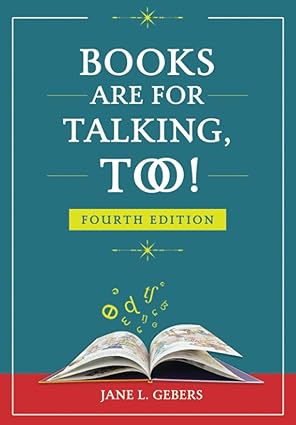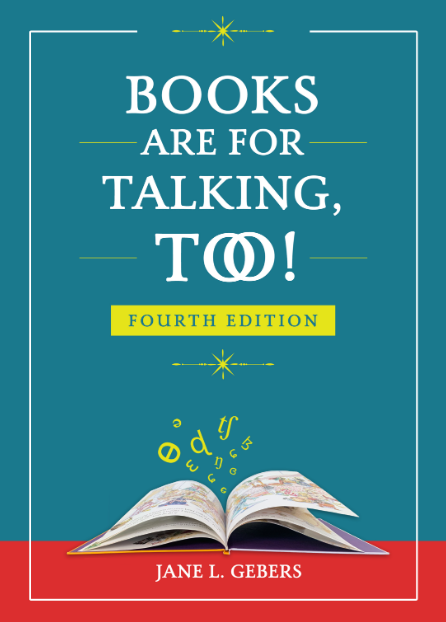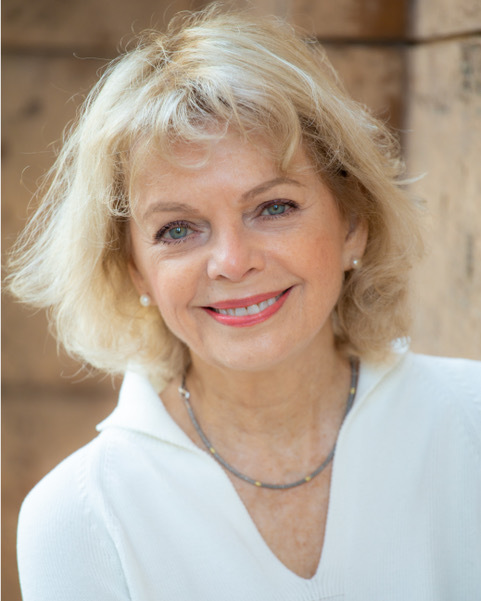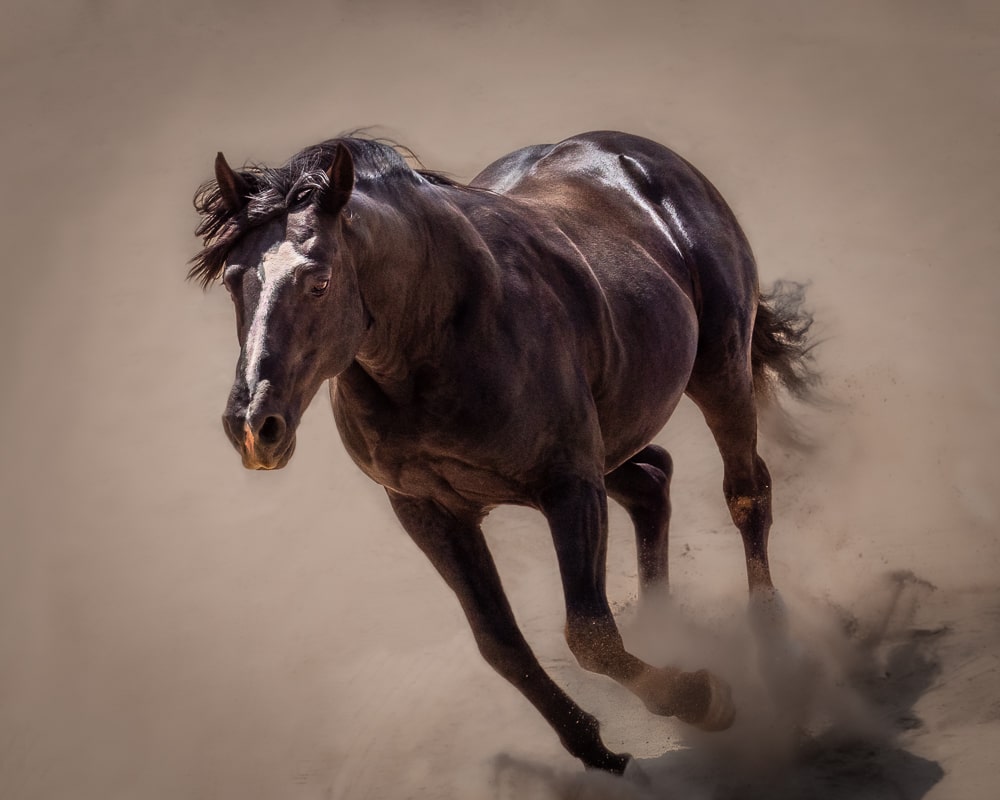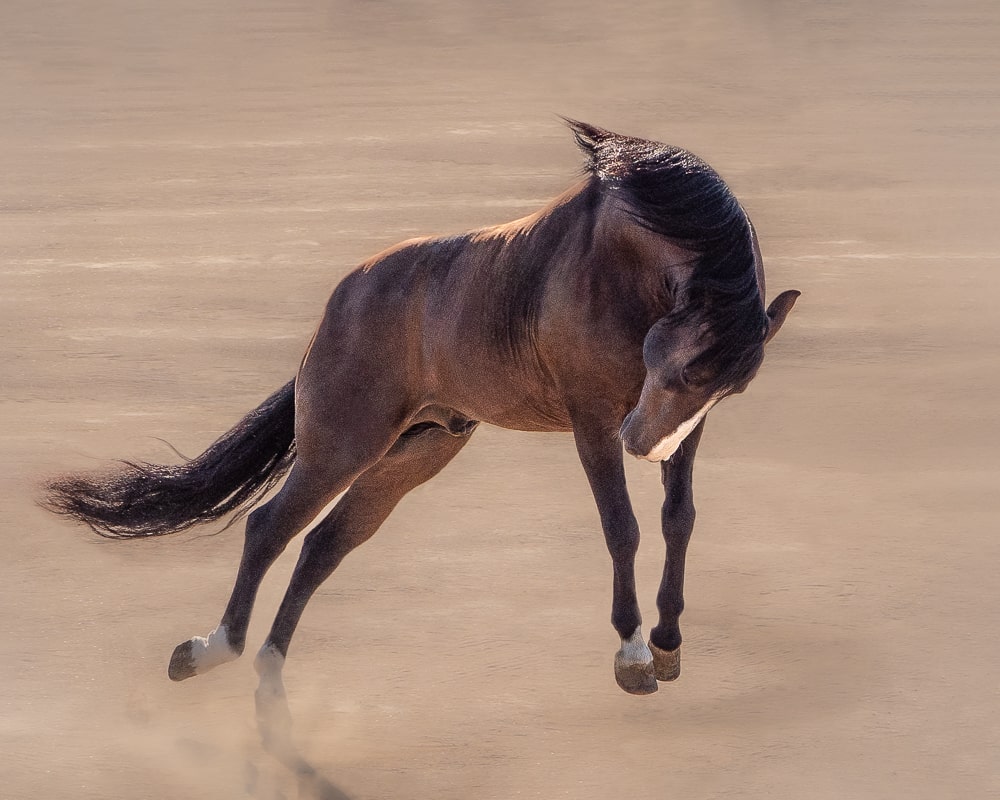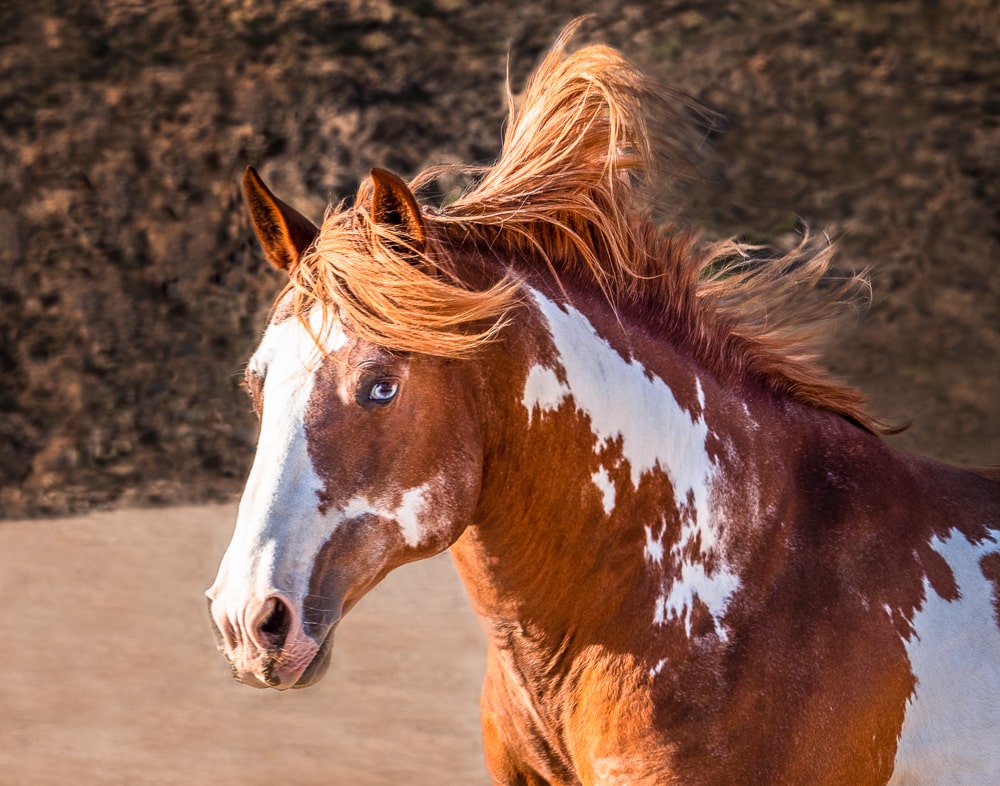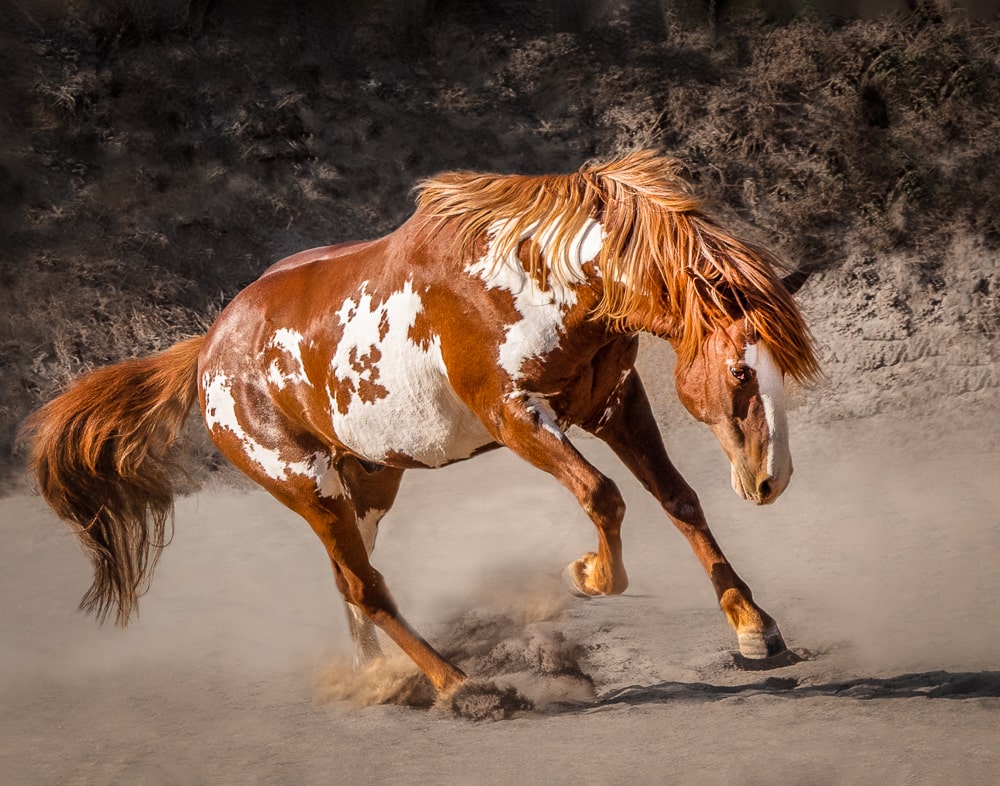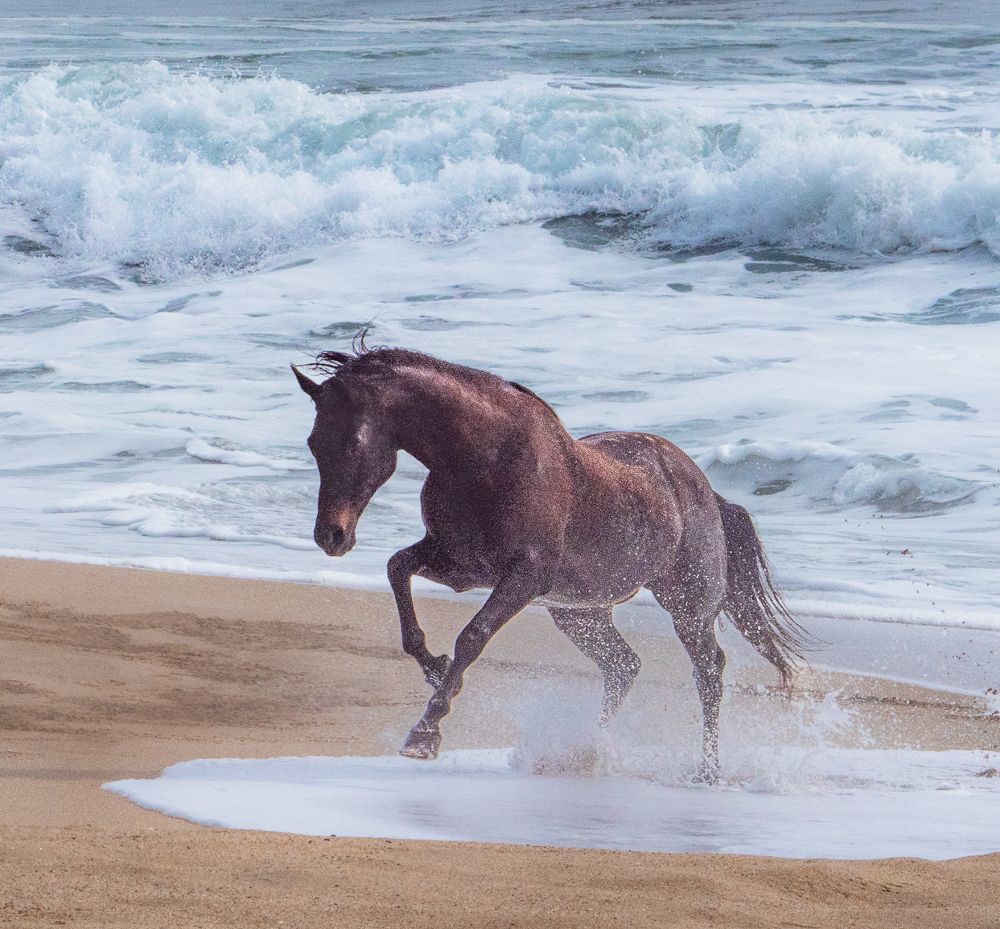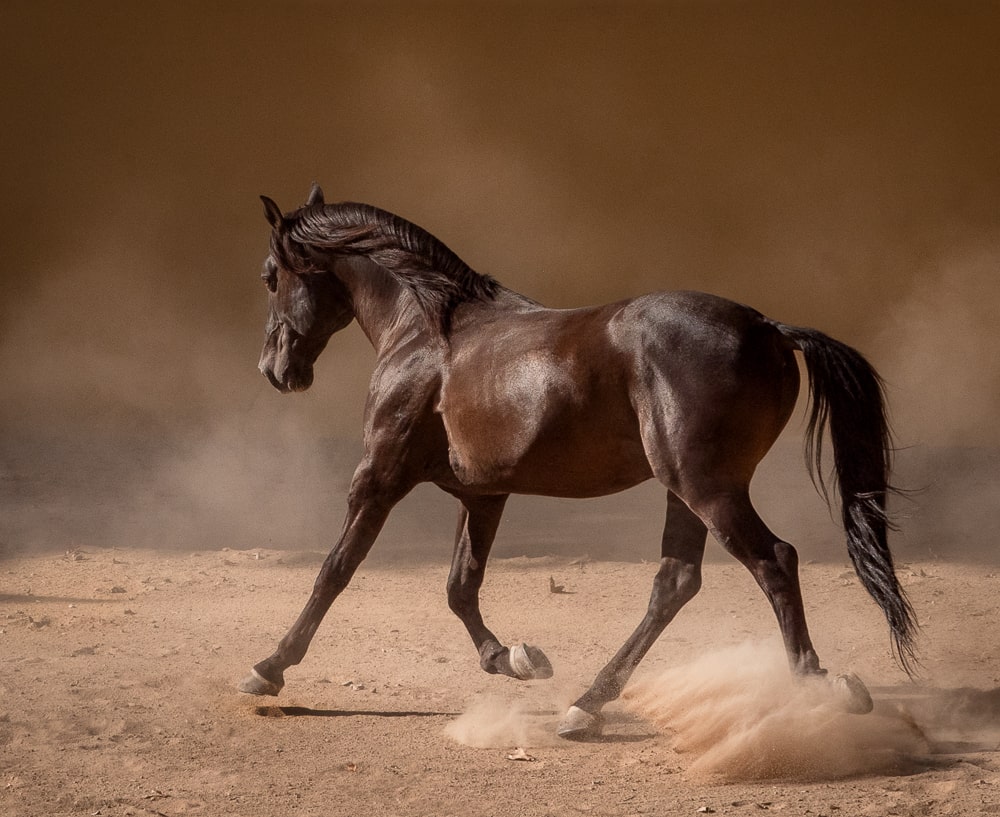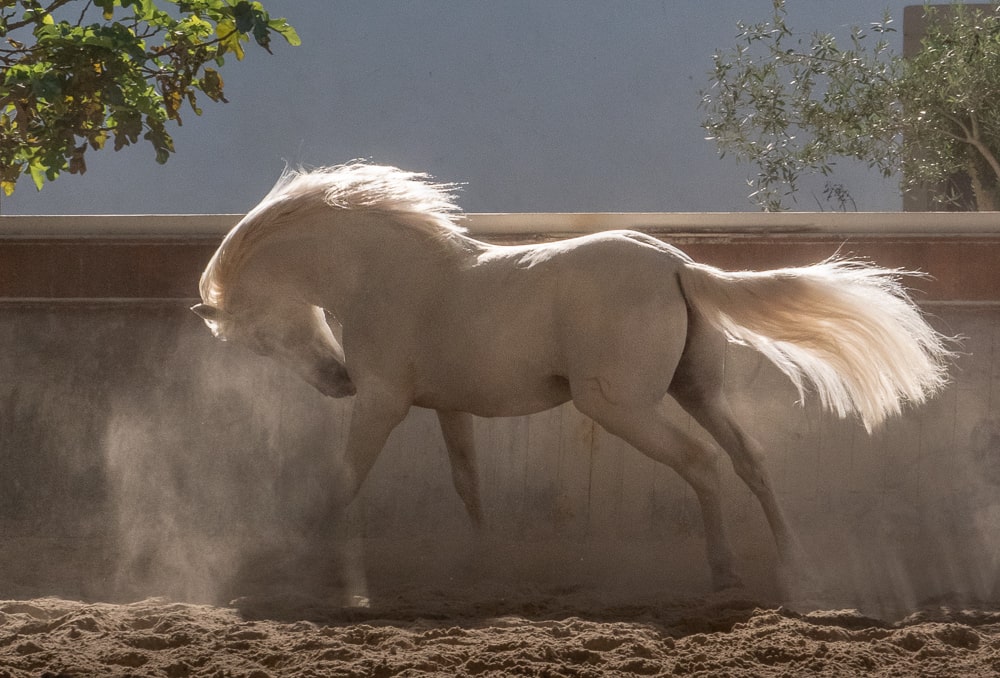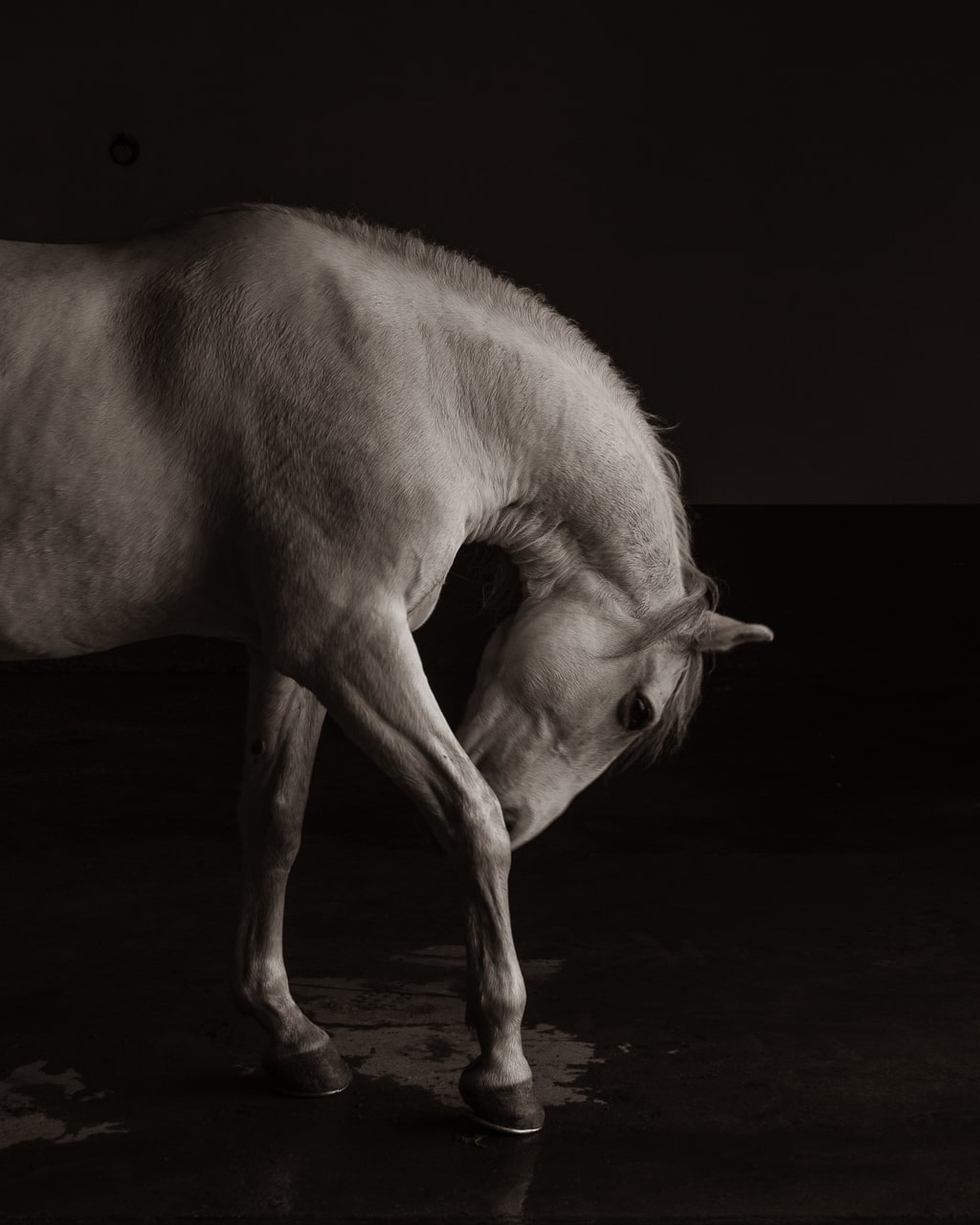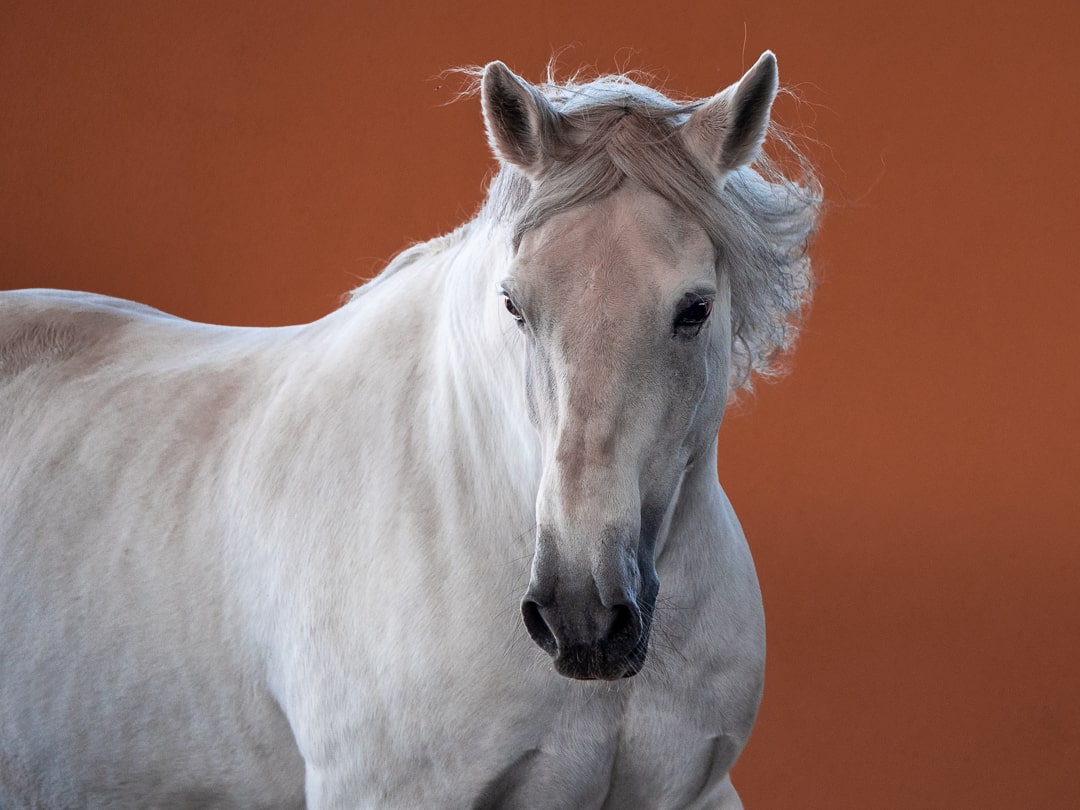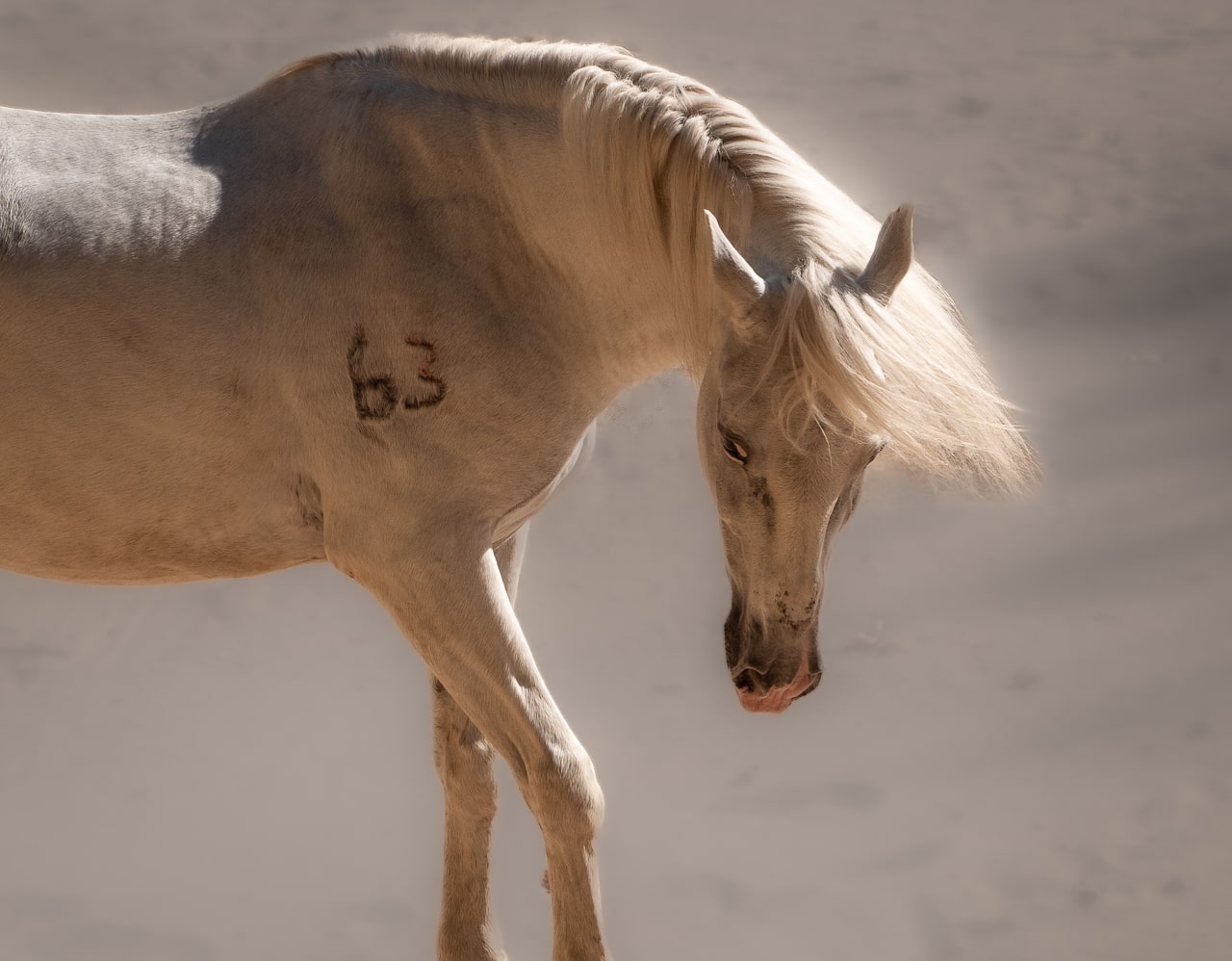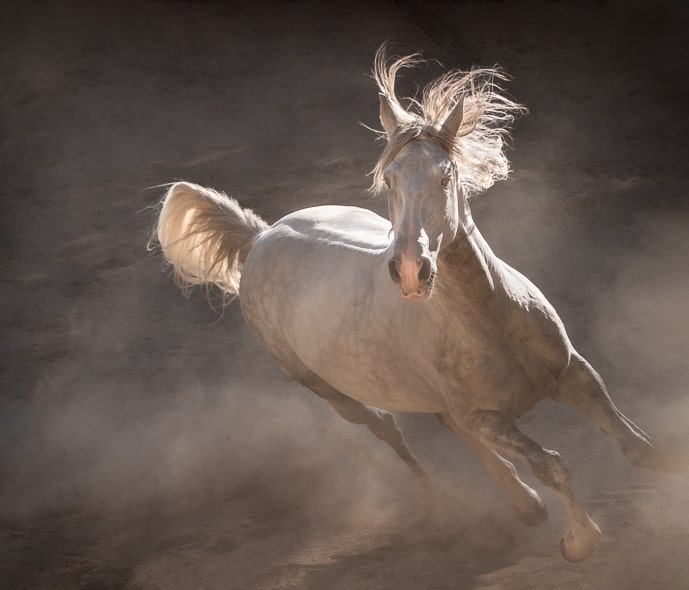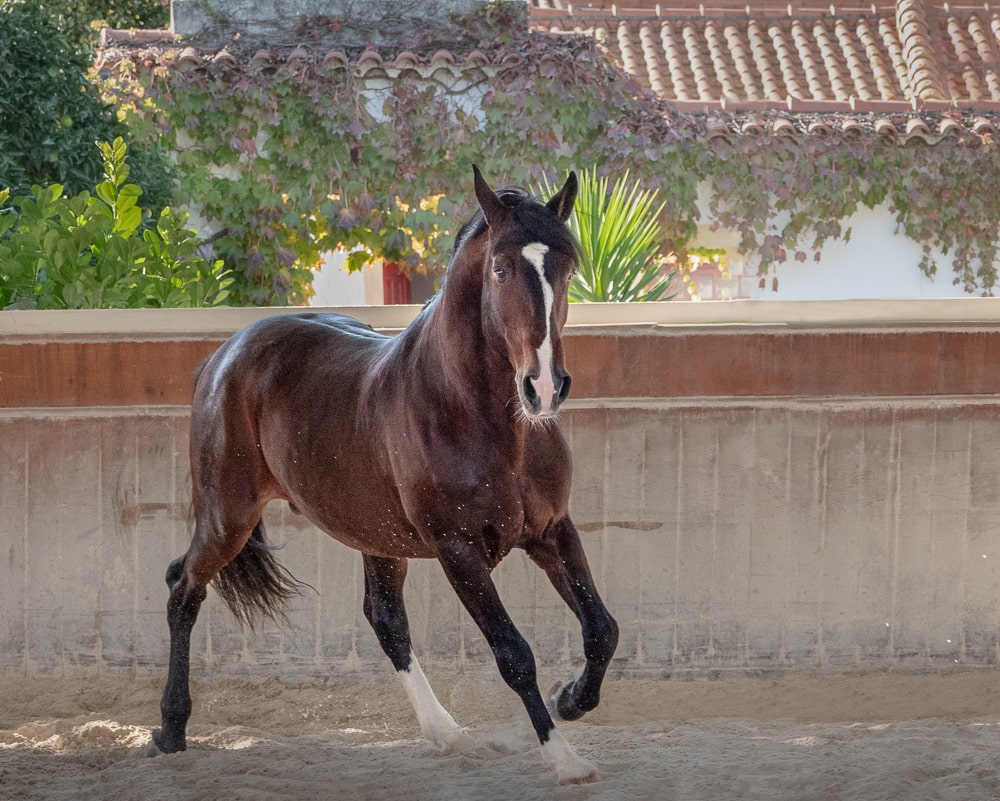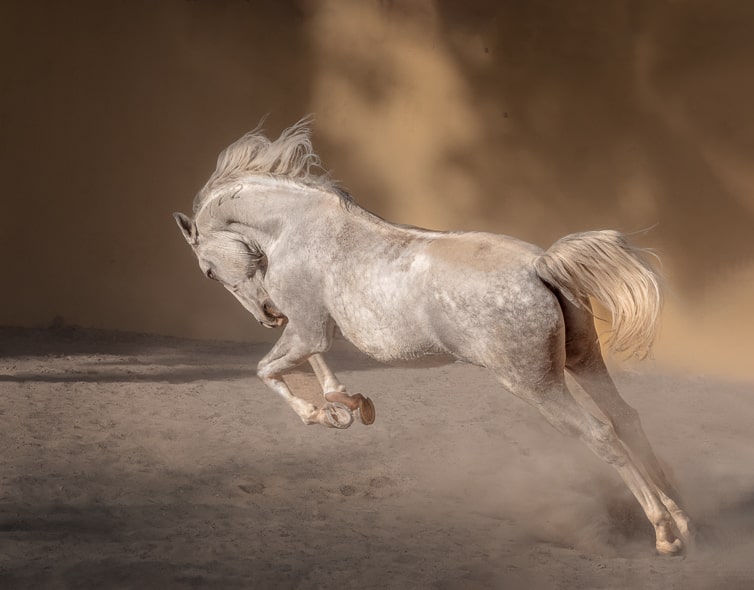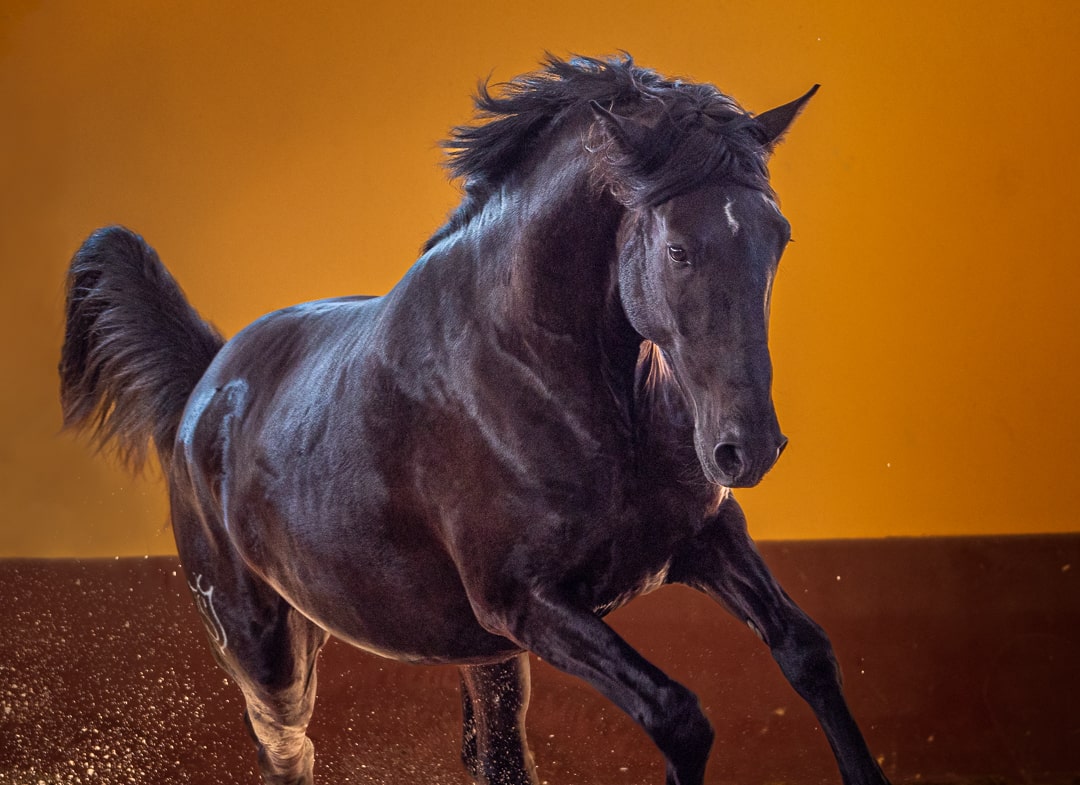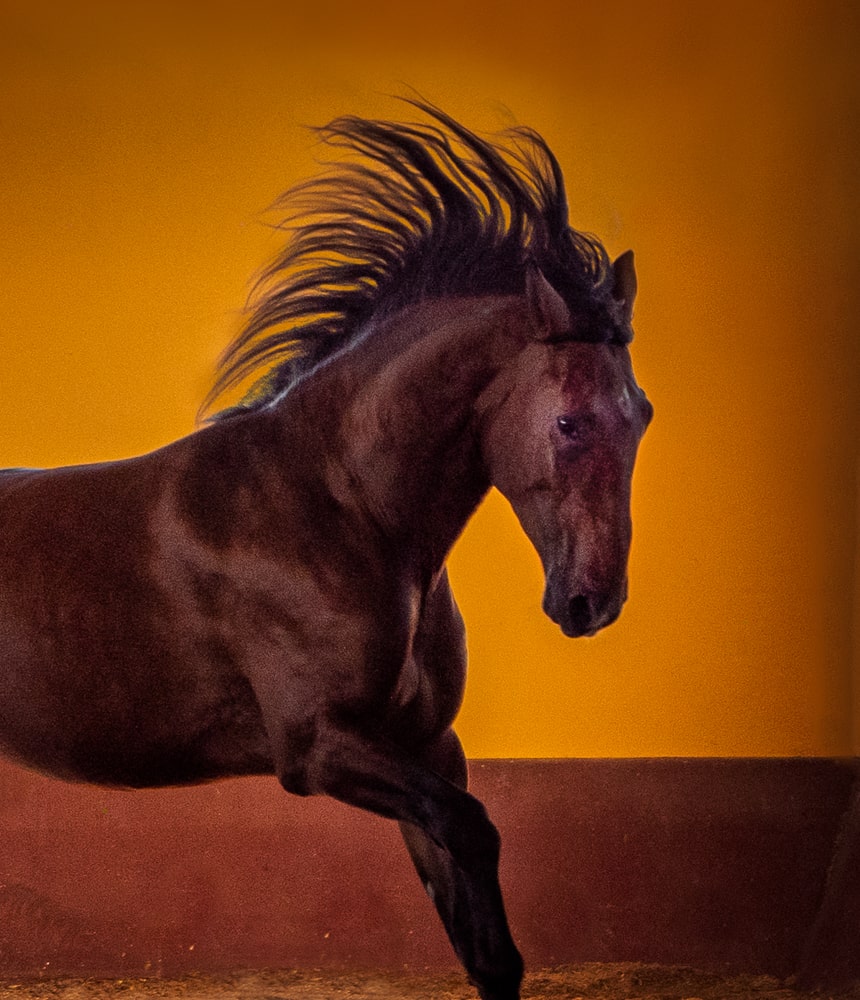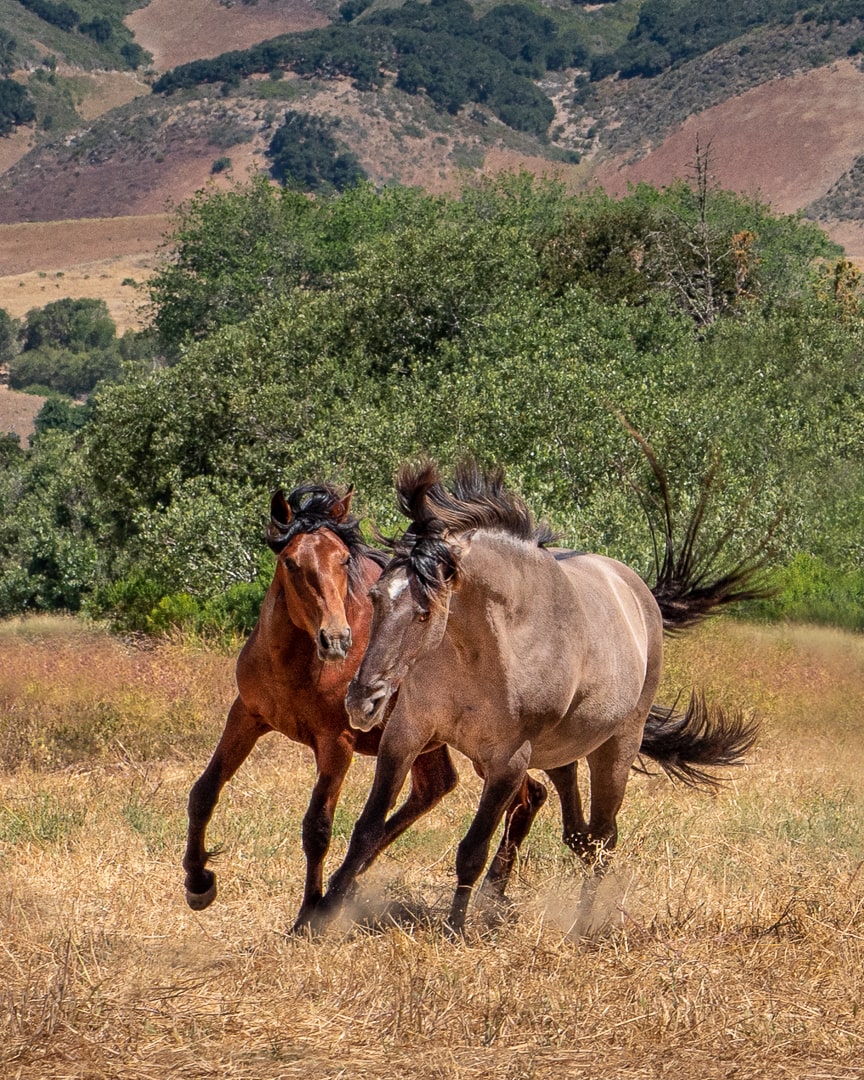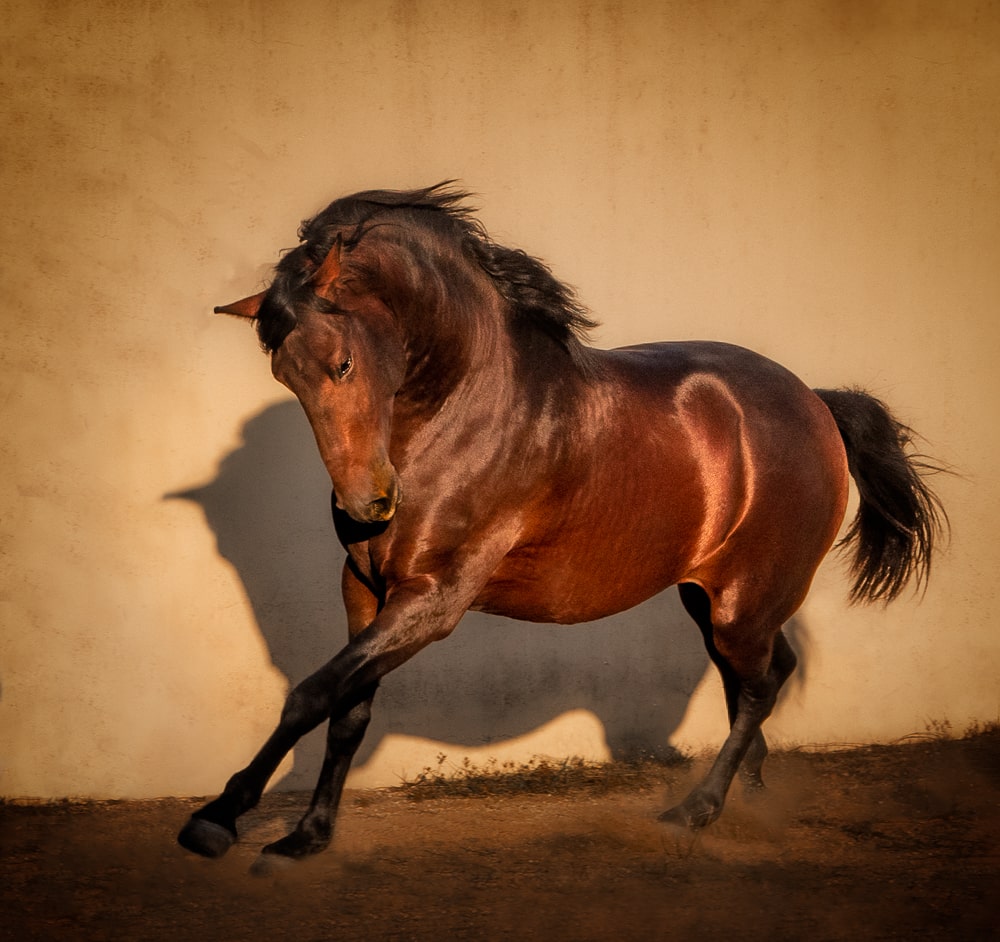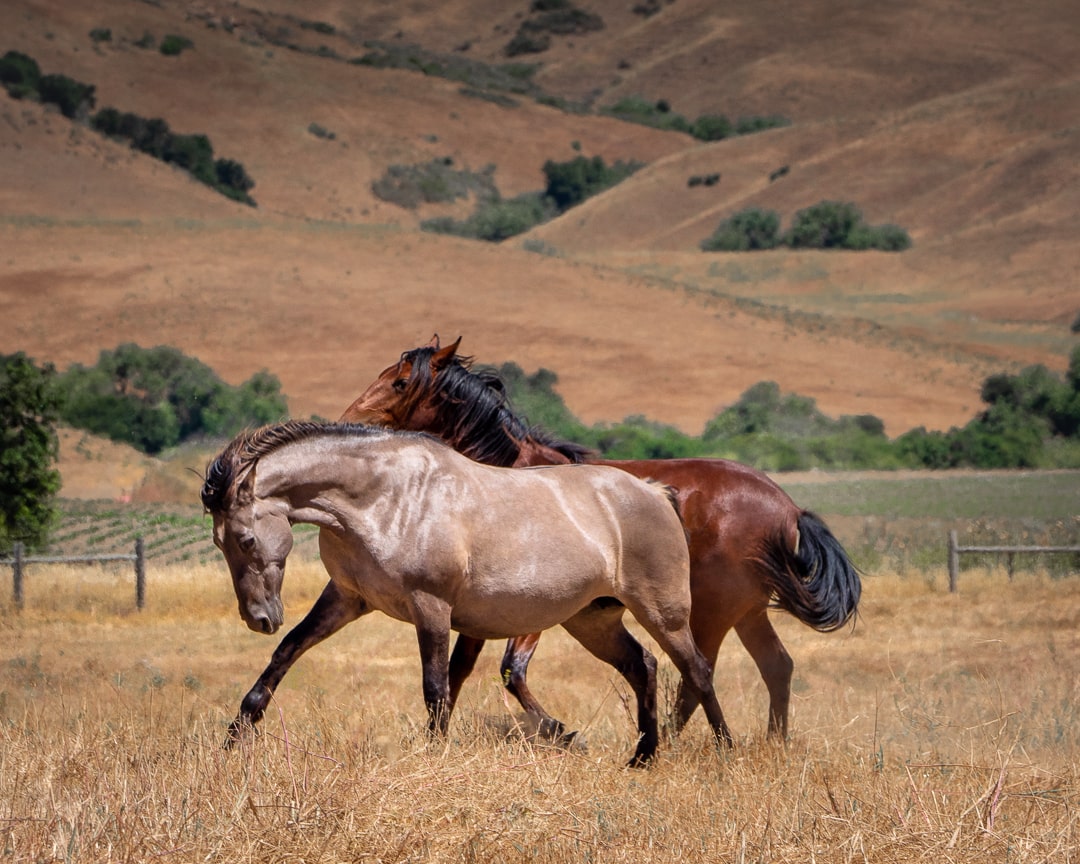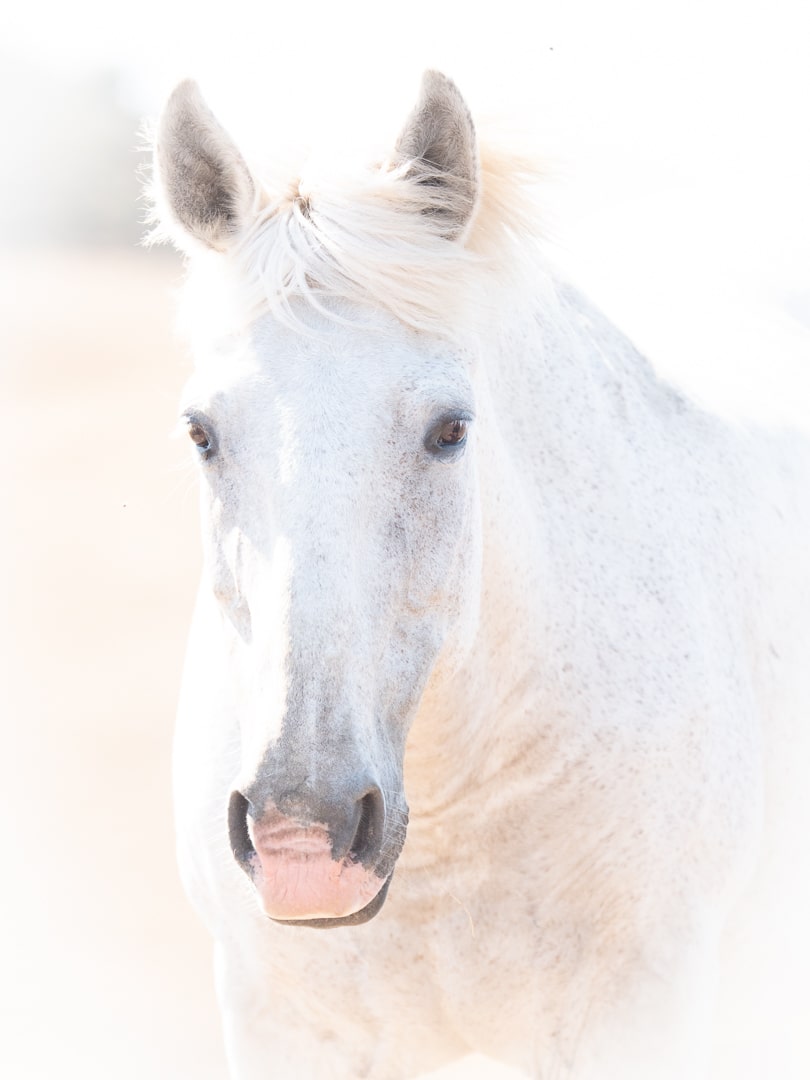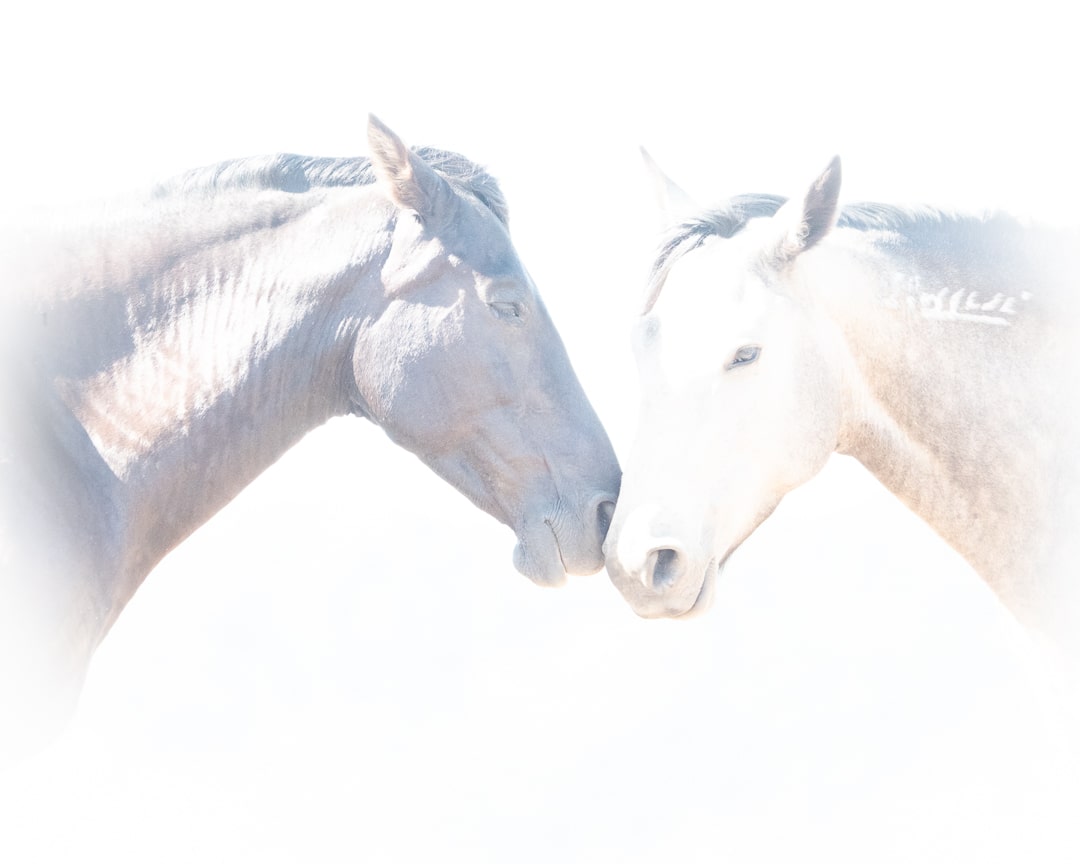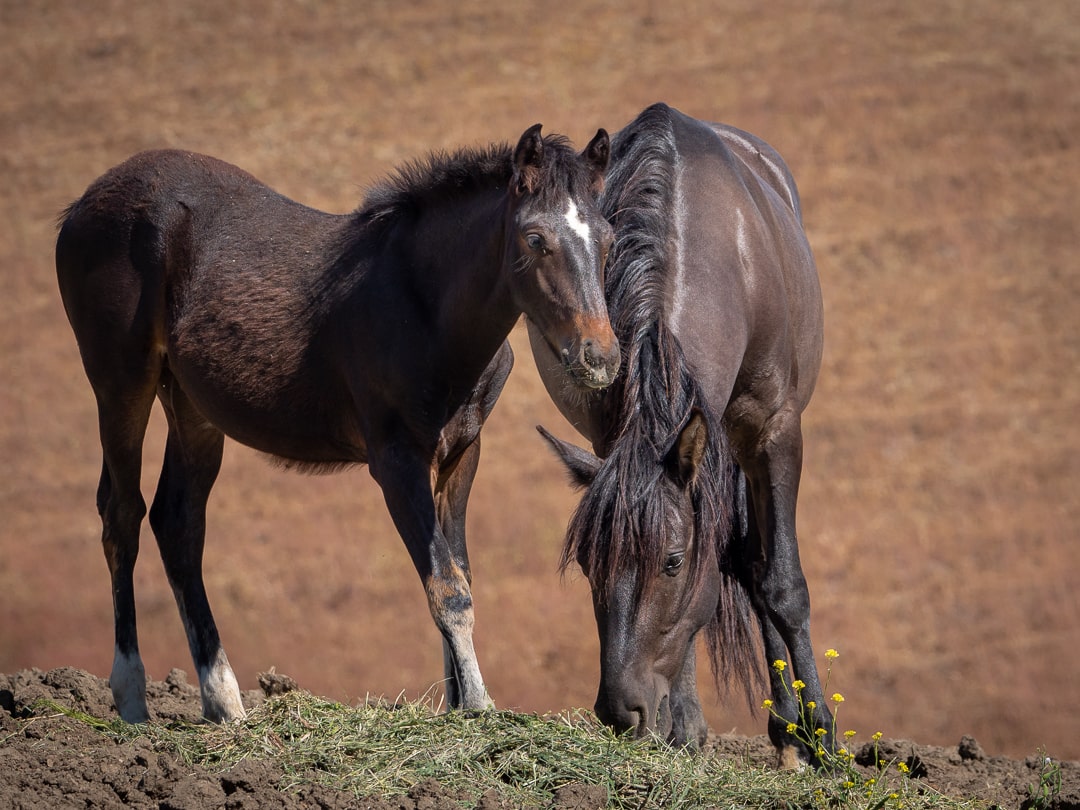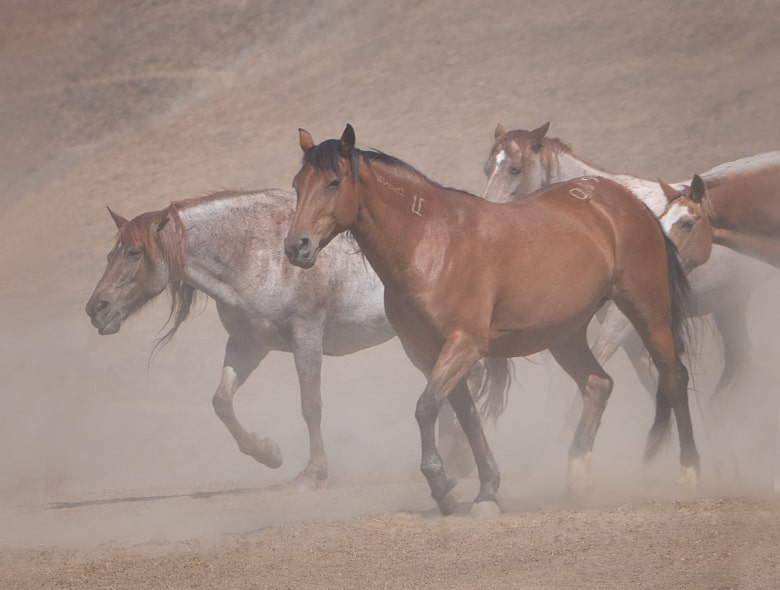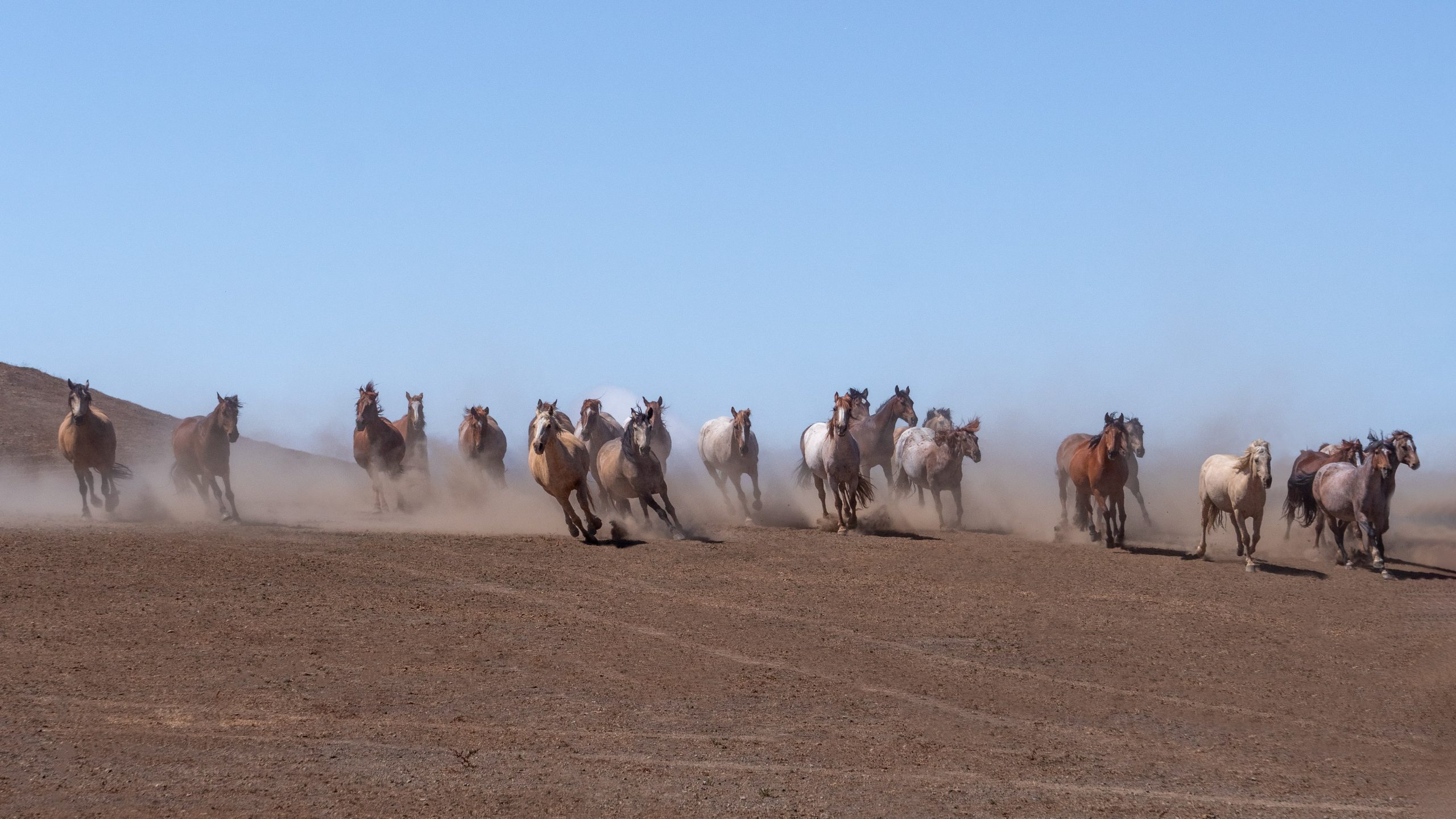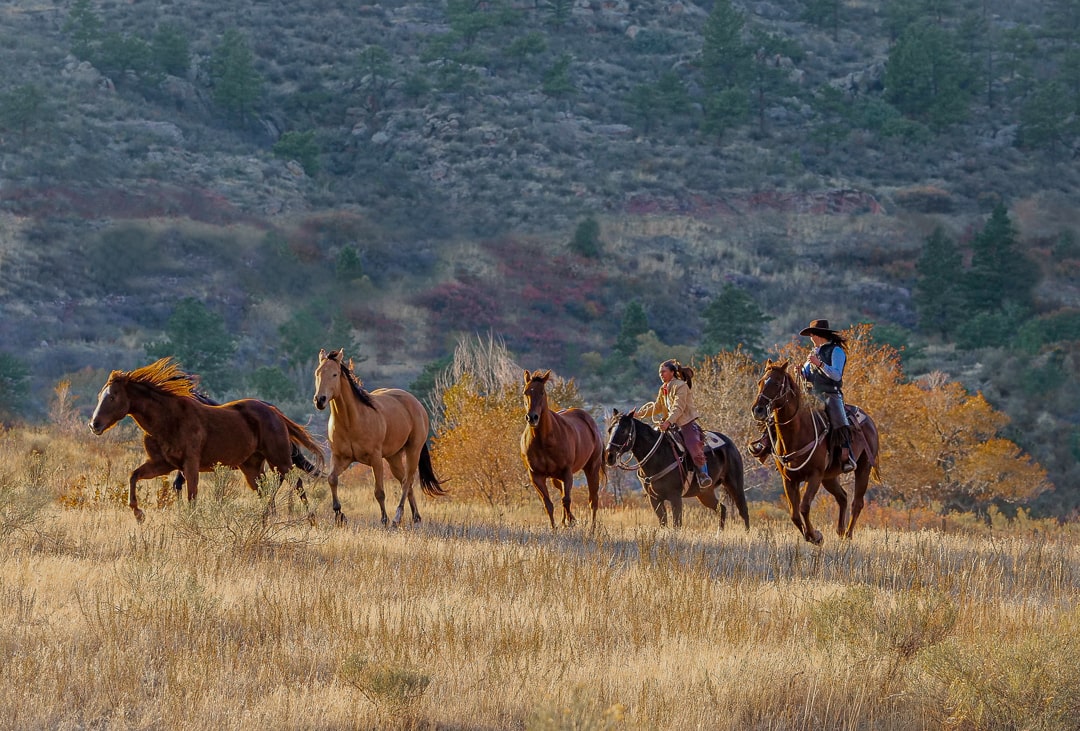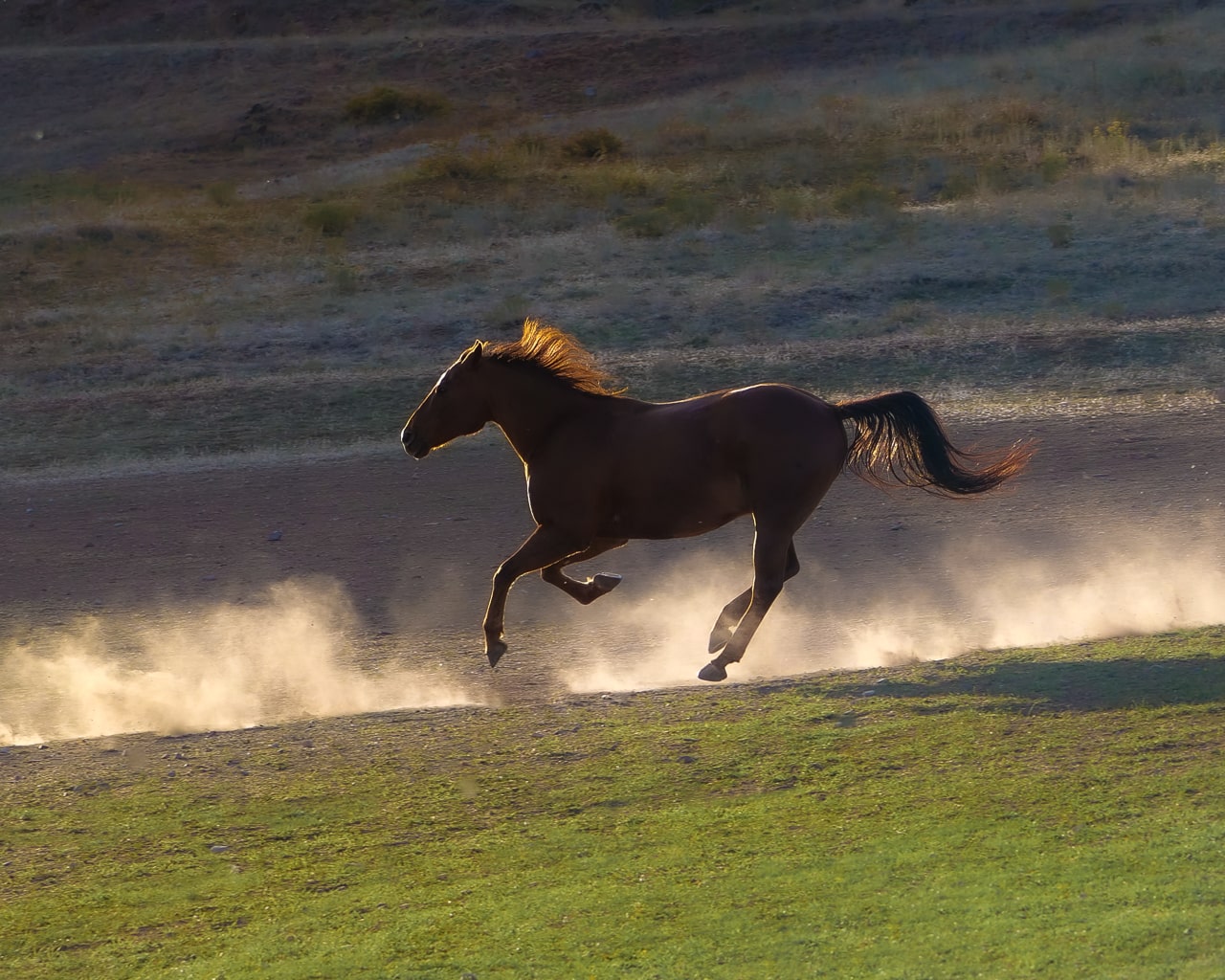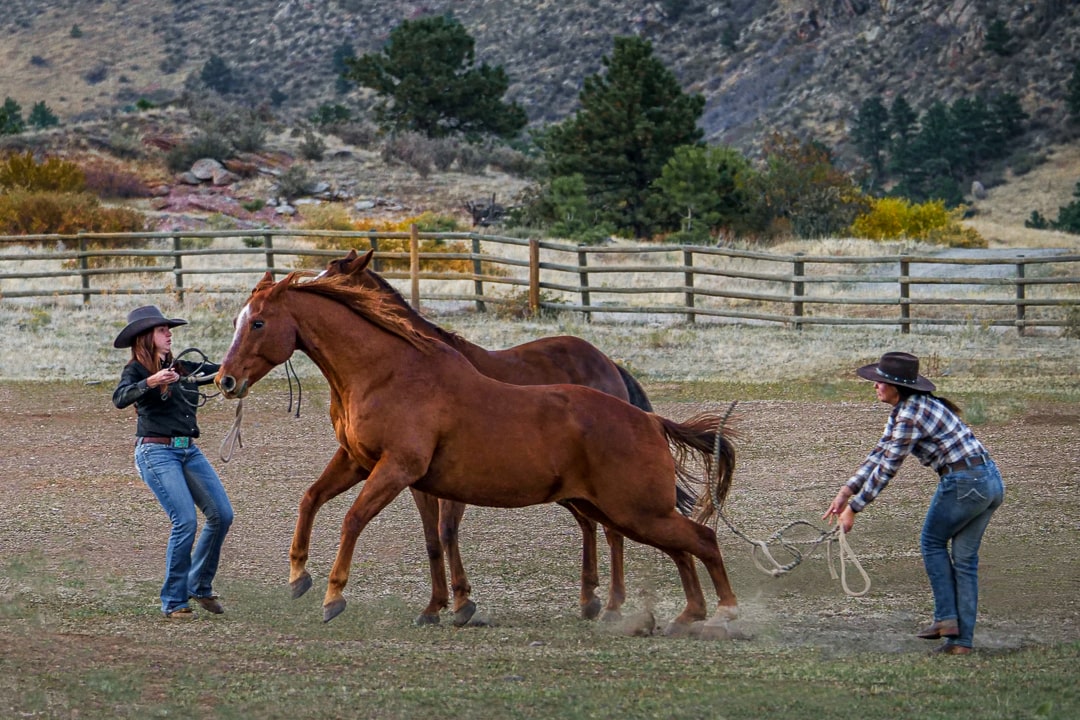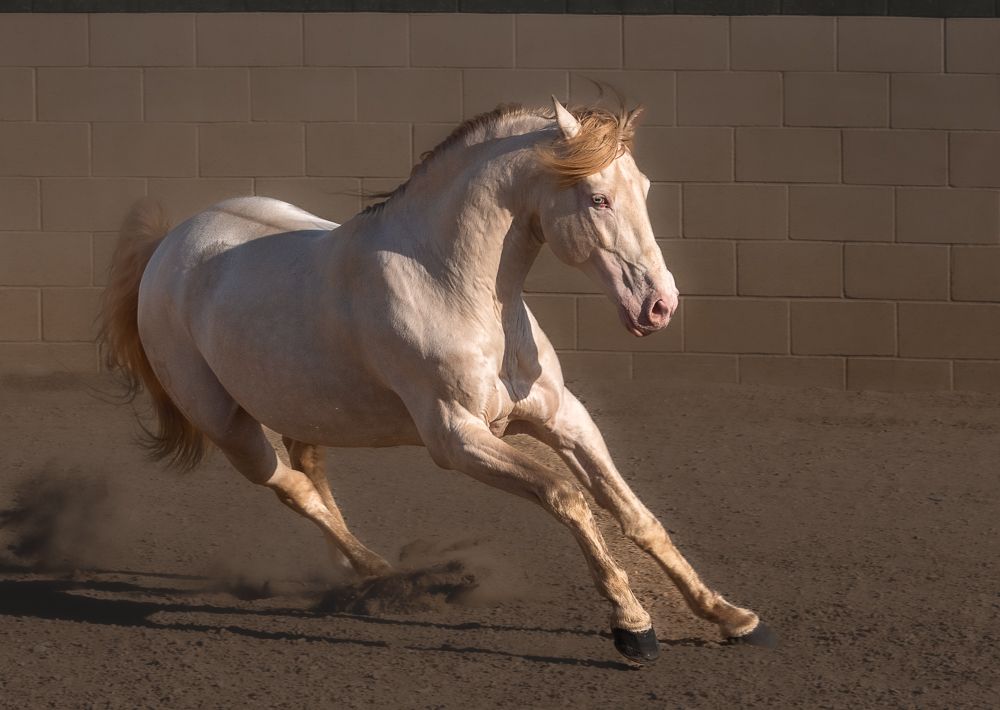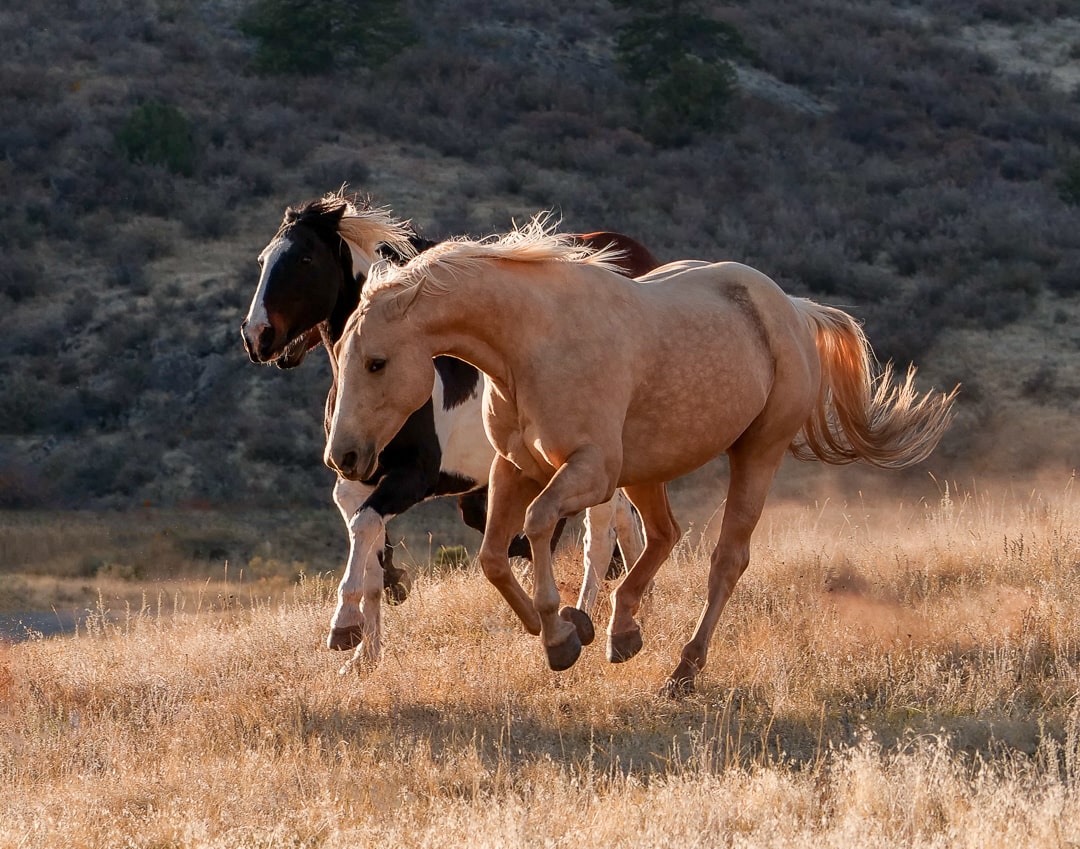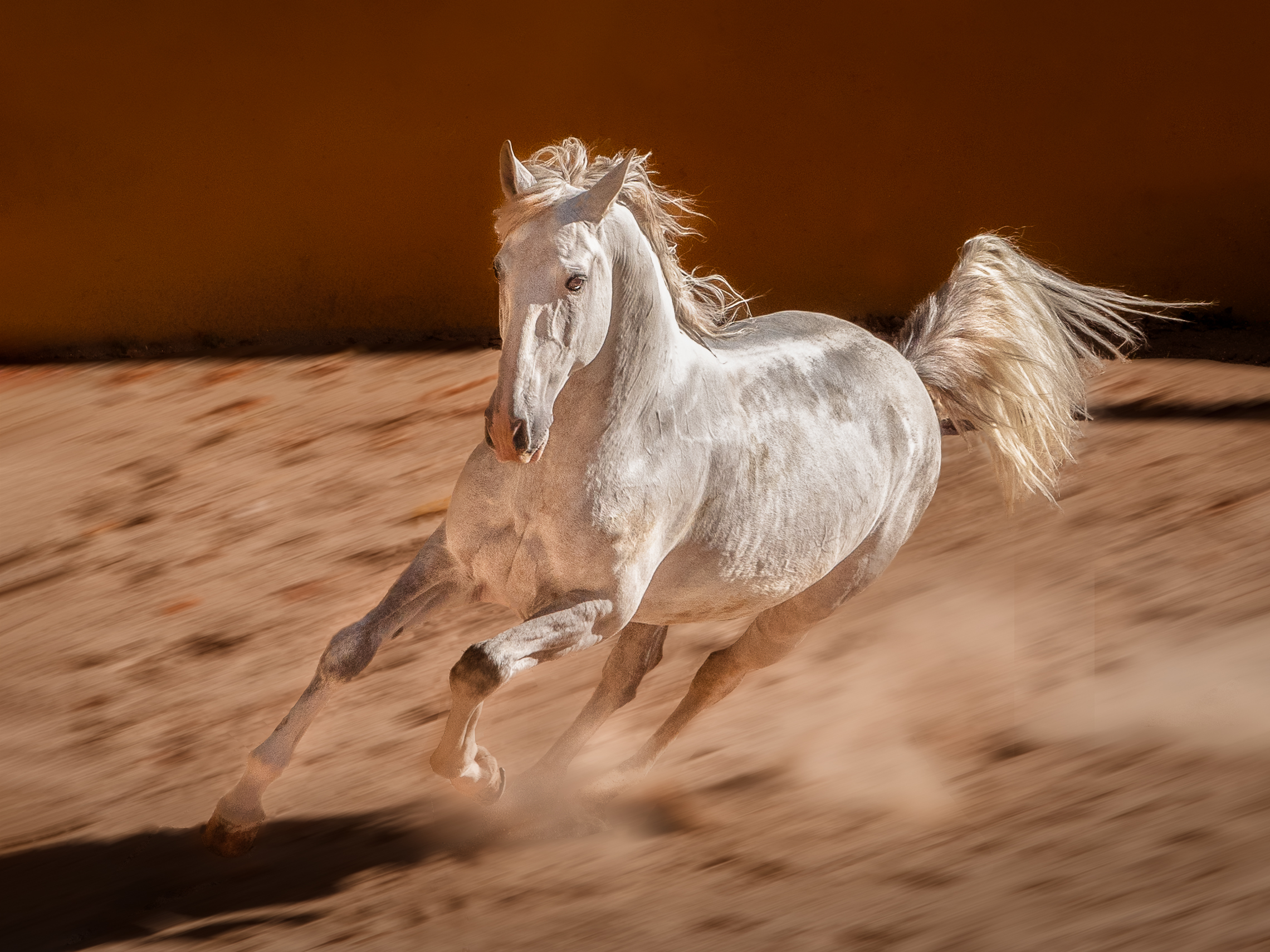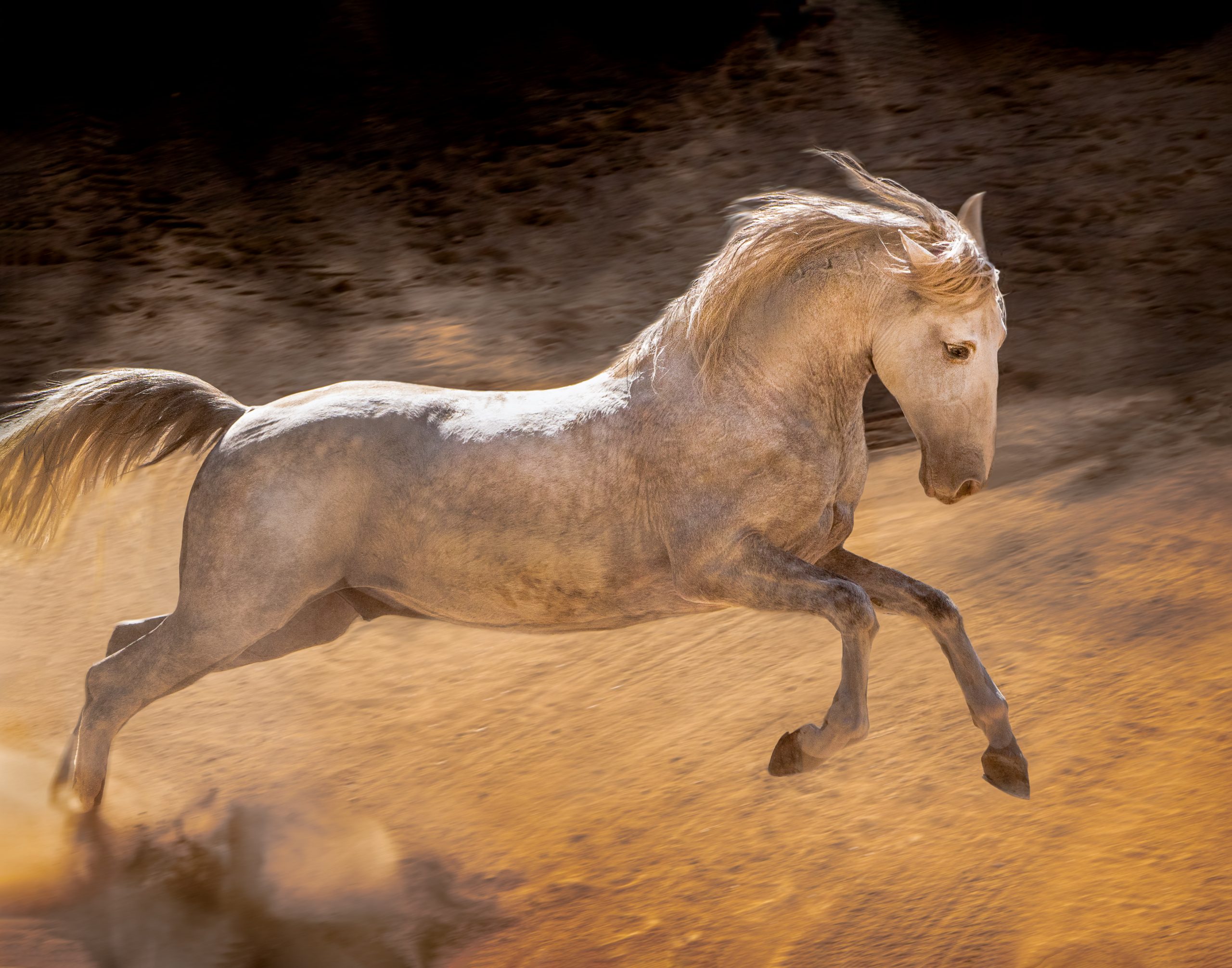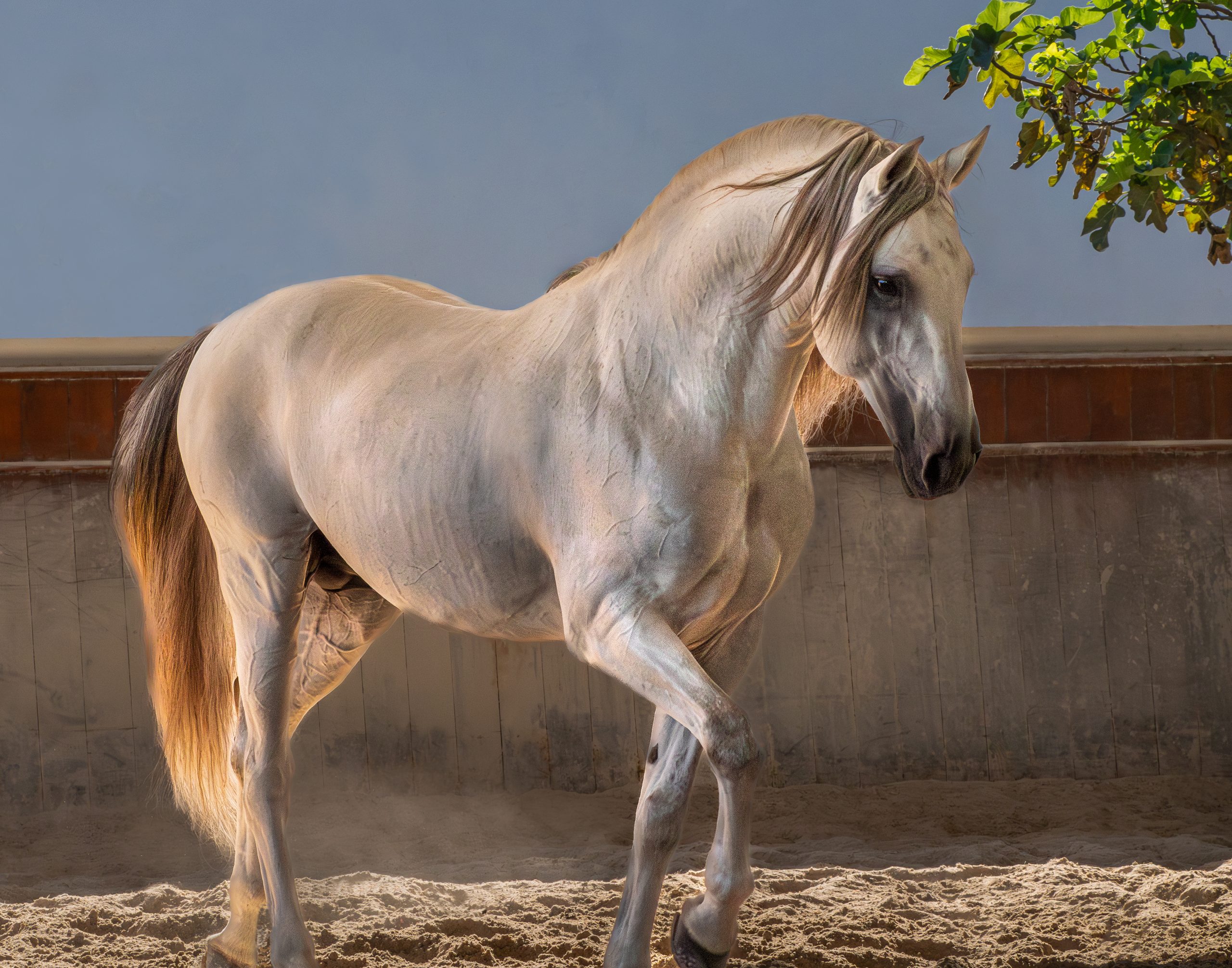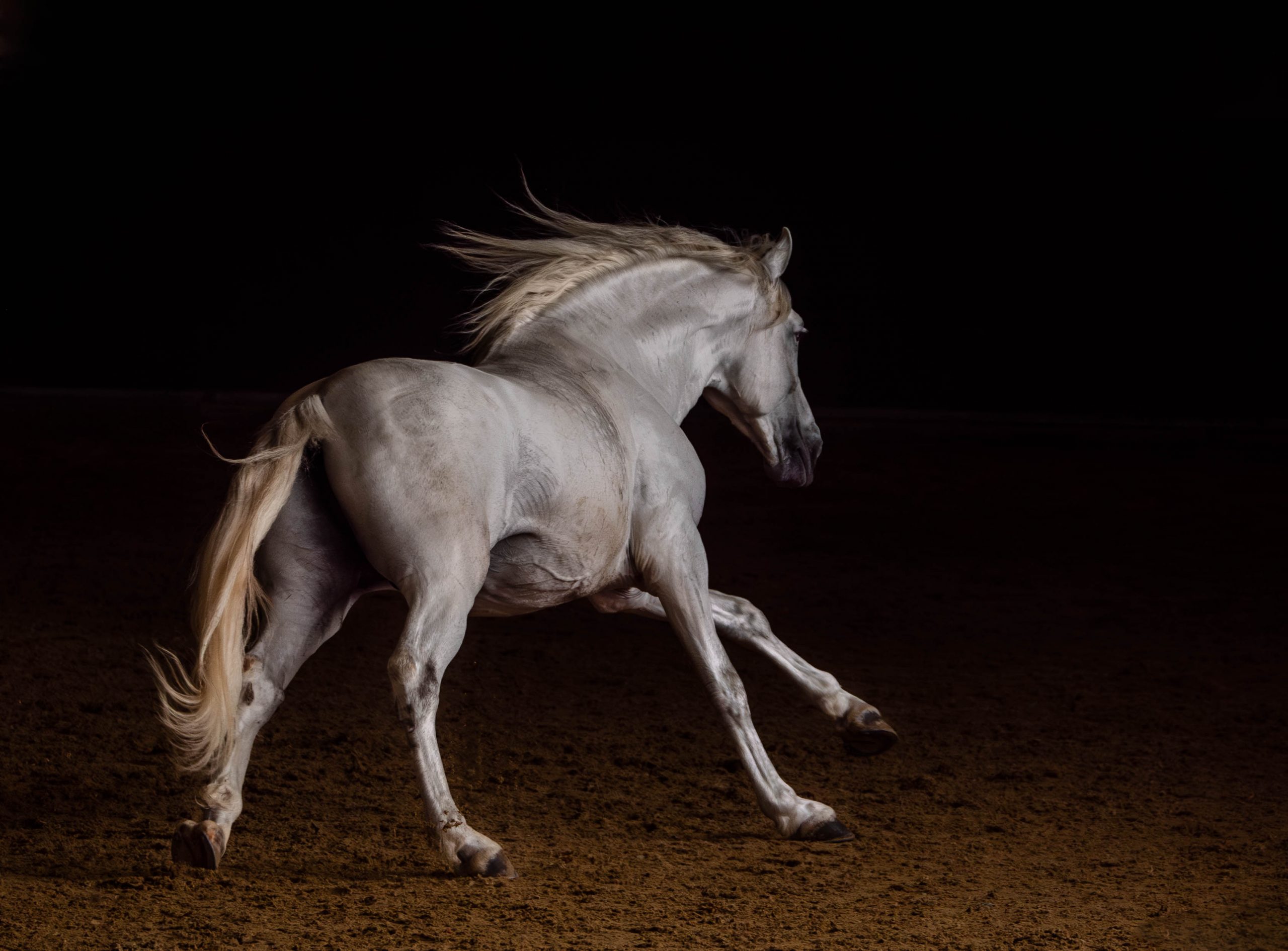Wordy Birdy
by Tammi Sauer
New York: Random House Children’s Books, 2018
Suggested Grade and Interest Level: Pre through 1st
Topics to Explore: Animals; Birds; Friendship; Humor; Manners and etiquette; Sounds and listening
Skills to Target: Concepts of Print; Phonological Awareness; Vocabulary (Attributes, Prepositions); Grammar and Syntax (Question, Negation, and Tense structures, Suffixes, Reflexive Pronouns); Literate Language (Predicting and Sequencing events, Problem solving); and Pragmatic Language.
Synopsis: Wordy Birdy is a colorful character, in more ways than one. She has incredible plumage, and as the title suggests, uses lots of words. She has so much to say that she doesn’t listen to anyone else! Rabbit’s, Squirrel’s, and Raccoon’s expressions are priceless and clearly show their exasperation – ideal elements for Book Talk. Despite their frustrations, they come to her rescue after she doesn’t heed their warnings about something ominous in the forest. Only after a big scare does Wordy Birdy learn that listening pays off. She thanks her friends by having them to her treehouse for cake and lemonade. Now they all happily hold a conversation.
Before the read-aloud, read the title and show the book’s cover of a bird pictured sideways with her long head feathers standing straight out her head. Rotate the book to show the bird right-side up. As you read the title, run your finger beneath the words to show the direction in which they are read.
Then ask children to take a closer look at the cover. What is in the background? See if they can identify that words are faded into the background color as you work to develop Concepts of Print. Point them out and read a few, such as
I’m upside down.
Oh, and I look really good…
…..enjoy this book…
Make predictions about what kind of character Wordy Birdy is likely to be.
During the read-aloud, continue to teach Concepts of Print. Point out the dialogue balloons on the inside cover. This is a great place to explain that Wordy Birdy, as well as Rabbit, Squirrel, and Raccoon, have things to say. Show that their talk is written down so we can read what they say.
Point to indicate the character as it is speaking. This can help children follow along with the story, since there is a changing sequence of narrative and dialogue throughout the story on which to keep focused.
As you enter the first page, continue to work on Concepts of Print. Show the differences in the text. In the part that tells the story, the text is in smaller letters. In the part that shows what they say (their talk), the text is in bigger letters. In this way, you help increase the focus as children understand the way in which this story is designed to be told.
Experimenting with different character voices other than the one you use to read the narrative can also help with print concepts and story comprehension.
Combine work on Tense Structures with Reflexive Pronouns. As the story begins, Wordy Birdy steps outside her house onto the branch of a tree. She greets the beautiful colors of the sunrise and says,
“Hello. Oh! Hello, gorgeous.”
Pause to ask who Birdy is saying Hello to. Encourage or model the word, herself, in giving the explanation, such as —
She is looking at herself.
Reinforce the learning with other sentences about Wordy Birdy using present tense with the target word, such as —
She talks to herself.
She is talking to herself.
She likes to hear herself talk.
Then introduce the word reflection, and model a sentence for repetition, such as —
She sees a reflection of herself.
Grammar and Syntax
Target Present Tense Verbs by verbalizing the actions of Wordy Birdy. Model sentences for repetition or shape child responses to produce target structures like,
She stands on one leg [like an acrobat].
She looks in the mirror.
She spreads out her wings.
She tumbles upside down.
She walks off tree branches.
She carries fruit in her wings.
and so on.
Then demonstrate how Suffixes can be added to the verbs to make Present Progressive and Past Tense Sentence Structures.
For example,
Demonstrate: She looks in the mirror.
Identify: If you add [the suffix] -ing to look, what word do you get? (Looking)
Identify: Which part did we add? (-ing)
Ask: How would the sentence change? (She is looking in the mirror)
Feedback: That’s right! “She looks in the mirror,” changes to “She is looking in the mirror.”
Next, target Regular Past Tense Structures with suffix –ed to make, She looked. Follow the same pattern. Demonstrate, identify, and give feedback comparing the two verb forms in each sentence. Some examples:
walk, walked
ask, asked
stop, stopped
listen, listened
tumble, tumbled
and so on.
Then, target Irregular Past Tense Structures by explaining that there are exceptions to the “Suffix rule”. Follow the same pattern. Demonstrate, identify, and give feedback comparing the two forms (or correct and incorrect forms) such as —
fly, flew
stand, stood
spread, spread
leave, left
and so on.
To work on Prepositions, add to the simple present tense sentence words that tell the movement of the action taking place. Use the sentences provided above. Some suggestions:
She struts across the branch of the tree.
She walks through the forest.
Rabbit points toward the sign.
She rests her elbows on the table.
and so on.
To work on Negation Structure, pause at the page that shows Wordy Birdy upside down with the text that reads —
“Sometimes she talks about what she doesn’t like.”
Then read inside the speech bubble to learn what it is she doesn’t like.
“I don’t like tall grass or turtlenecks or long lines or tuna salad
or losing my balloons…”
Present the start of a sentence for the child to close – or fill in – with the last word(s), as in —
Wordy (Birdy) does not like _______. (tuna salad, etc.)
Then repeat the sentence.
Wordy (Birdy) does not like tuna salad.
Then encourage the child to say the whole sentence along with you.
Finally, ask the question, “What doesn’t she like?” Start the answer for the child to complete with the negative structure, as in,
“She ________________ (doesn’t like tuna salad).”
Now ask the child to take the part of Wordy Birdy and tell what she does not like. For example,
Adult: Wordy Birdy, what don’t you like?
Child: I don’t like long lines!
Work on Question structures, by pausing at the next page that reads,
“Sometimes she just asks questions.”
Then read the text inside the speech bubble to hear the kinds of questions she asks, such as —-
“Why do zebras have stripes?
Is Bigfoot real?
Are we there yet?”
Notice each question Wordy Birdy begins uses a different “question” word. Select one and begin modeling other questions Wordy Birdy might ask. For example, take the Why question and use the illustration as a visual stimulus, as in —
Why is Birdy upside down?
Why is Birdy smiling?
Why is Birdy talking so much?
Now use another word to initiate the question and play Question-Answer. For example,
Is Birdy right side up? (No, she’s right side up.)
is Birdy a quiet bird? (No, she’s a talkative bird.)
Is Birdy a happy bird? (Yes, she’s a happy bird.)
Ask the child to ask you the question so that you can respond. Model the structure if necessary.
Note: If question structures are a target objective, consider using this format on more of the pages in a playful way.
Vocabulary
To work on Attributes, ask children whether their predictions about Wordy Birdy from the cover illustration were correct. A bird with these stand-out characteristics can make naming Attributes and Adjectives a lot of fun.
For instance, Wordy Birdy not only has lots to say while her yellow beak stays open all the time, but her plumage is extraordinary. Take turns naming all the colors of the feathers in her wings, body, tail, and headpiece. Some suggestions for other attributes (at certain times in the story) include —
colorful
talkative
scattered
energetic
careless
happy
fun
kind
thoughtful (later on)
and other descriptions you and the children have.
After the read-aloud, ask why Wordy Birdy didn’t listen to her friends. Encourage children to express the meaning of the story. Also ask,
What lesson did Wordy Birdy learn about speaking and listening to others?
Once she learned to listen, was she able to communicate with her friends?
What happened because of that?
Language Literacy
(Sometimes called Literate Discourse or Text Structures)
Sequence story events by going back over the pages leading up to the encounter with the bear. Encourage children to relate the events, connecting them with words such as first, then, next, and finally. It might go something like this:
First, Wordy Birdy stepped outside her tree house.
Then she started talking.
Then she looked at herself in the mirror and kept on talking.
Next, her friends say she never stops talking.
Then Wordy Birdy took a walk through the forest.
And then she still didn’t listen when her friends tried to warn her.
Then her friends had to pull her away from the bear.
Finally, Wordy Birdy learns it’s better to listen and let her friends talk, too!
To work on Problem Solving, ask children to state the problem in the story. Then connect it with the solution. Encourage expression of the events with words such as because, since, and so. Paraphrasing for repetition may be necessary. It might go something like this:
Q: What was the problem in the story?
A: The problem was that Wordy Birdy talked too much.
Q: What made Wordy Birdy’s incessant talking a problem?
A: Since she didn’t listen to anybody, she didn’t converse with them.
Q: What happened because of her problem?
A: Her friends weren’t happy.
A: They were frustrated with Wordy Birdy because she wouldn’t listen.
Q: What else?
A: She almost got eaten by a bear because she wasn’t listening.
A: What was the solution?
A: She was going to run into a big bear so her friends warned her.
Q: How did her friends help solve the problem?
A: They made a lot of noise to scare the bear so Wordy Birdy could get away.
Q: When Wordy Birdy realized her friends helped her, what did she do?
A: She thanked them because they helped her.
Q: What else did she do?
A: She had her friends over for cake and lemonade so she could thank them.
Now identify the problem and connect it to the solution using so and because.
Q: How did Wordy Birdy solve her problem of always talking?
A: She listens to her friends since it’s important for them to talk, too!
Pragmatic Language Skills
To work on Greetings, go back over the story from the beginning and talk about how Wordy Birdy greeted the day using the word Hello. Then ask,
Did Wordy Birdy greet her friends in the same way when she saw them?
Or did she just keep walking and talking to herself on the tree branch?
Was this expected or unexpected in terms of how her friends experienced it?
Would it be good for Wordy Birdy to engage with her friends?
How could she engage with Rabbit, Squirrel, and Raccoon in her own way that would be considered expected behavior?
Then ask, “If she had greeted her friends, do you think she would she have been a better listener? Why do you think so?”
Why is it a good idea to greet someone when you first see them?
How does it make the other person feel when you say Hello or Hi?
How does it make you feel when they say Hi back?
To work on Staying on Topic and Turn-Taking:
Drawing attention to everything Wordy Birdy says in one speech balloon is a good way to teach about talking to a topic. Go back over one of the pages and read her dialog again. Did she change topics? Ask the child to count how many separate topics she talked about. Her dialogue balloon says,
“This one time I totally went swimming with a narwhal.
Do you think there’s an award for Bird of the Year?
My third cousin Barb is a penguin. Really!
FACT! People used to think the world was flat and you could fall right off the end.”
Ask how it might sound to the other characters when she changes topics.
Would you be able to easily engage with her? Encourage children’s responses about how they might react if they heard Wordy Birdy talk for real.
Talk about the purpose of the talk. Ask,
When she stated a fact, was she informing them of something? Or just talking to hear herself talk?
How did things change when Rabbit, Raccoon, and Squirrel came for cake and lemonade with Wordy Birdy?
Look at Wordy Birdy’s “body language” on the last page. What is different about her now? Do you think she likes engaging with her friends?
Hold a Discussion on listening. What does it mean to listen? Are there different kinds of listening? The book says Wordy Birdy “never listens to anybody.”
The text asks,
“Does Wordy Birdy ever listen?”
Ask,
Why didn’t Wordy Birdy listen?
Could Wordy hear sounds in her environment?
Could she have listened to someone talk?
Play a game of listening to environmental sounds. Then ask,
What can you hear when you stop to listen to sounds?
Now what does it mean when we talk about listening to another?
Do we listen just to the sounds they make? Or the words they say?
What is the difference?
Phonological Awareness
Play Phonological Awareness (PA) games at the beginning levels of rhyming and syllable awareness with selected words in the story. While the full spectrum of awareness levels is not within the scope of this book treatment, opportunities to play sound games with the title and compound words in the text make this book ideal for work at these levels.
You’ll find PA activities covered in depth with activities for the entire spectrum PA using select picture books in Books Are for Talking, Too! (Fourth Edition).
Note: PA levels are hierarchical, so some children may easily participate in these activities, others may continue to work at higher levels, and some may need to begin work further down the hierarchy to achieve success with the tasks. The activities that follow can be fun word play:
Rhyming Awareness Level:
Do-They-Rhyme? Children identify whether word pairs rhyme. You can use the rhyming pairs that follow, and intersperse more non-rhyming words if needed:
Wordy – Birdy (yes)
Wordy – Talky ( no )
tree – me (yes)
tree – leaf (no)
leaf – beef (yes)
not – dot ( Yes)
run – ton (yes)
listen – glisten (yes)
rabbit – raccoon (no)
rabbit – habit ( yes)
darker – marker (yes)
Which-One-Rhymes? Children select a rhyming word from a word string that matches the target word. Use the words provided in Do-They-Rhyme? Give initial phoneme or cluster cues if needed. For example, say
Wordy.
Which word rhymes with Wordy?
talky, silly, birdie?
That’s right! Birdie rhymes with Wordy.
Tree.
Which word rhymes with tree?
leaf, free, bird
That’s right! Free rhymes with tree.
and so on.
Make-A-Rhyme. Present following words for the child to rhyme. Accept any nonsense word.
Wordy, _______ (Birdy)
Talk, _______ (walk, sock, lock, etc.)
Talking, ______(walking, rocking, stocking, etc.)
Tree, _______ (me, see, knee, etc.)
Bear, ______ (hair, wear, flare, etc)
cake, ______ (take, make, wake, etc.)
Sky, _______ (tie, my, buy, etc.)
Feather, ______ (weather, heather, leather, etc.)
Syllable Awareness Level:
What’s-the-Word? Children synthesize syllables into words. Present the syllables with a clear pause between them. Two- and three- syllable words from the story include:
Word-y
Bird-y
sun – rise
sun – set
nar – whal
some – times
hoo – ray
ra – bbit
ra – co on
ba – loon
pen – guin
pine – cone
cir – cle
li – brar- y
tur – tle- neck
u – ni – corn
straw – berr- y
to- ma – toes
tri – an – gle
Find-the-Little-Words. Children analyze the word to hear each element of a compound or two- or three- syllable word to create a new, smaller word. Note that It often helps to give an example of the identified word’s meaning.
sunrise (sun, rise)
sunset (sun, set)
narwhal (wall)
sometimes (some, times)
library (lie)
turtleneck (turtle, neck)
unicorn (you, corn)
Bigfoot (big, foot)
hooray (who, ray)
unbearable (bear)
penguin (pen)
pinecone (pine, cone)
trespassing (pass, passing)
strawberry (straw, berry)
tomatoes (may, toes)
circle (sir)
triangle (angle)
rabbit (bit)
Leave-It-Out. Children say a compound word, then leave out the beginning or final part to create a smaller word. For example, say
Sunrise. Say sunrise, but don’t say sun. (rise)
Say sunrise but don’t say rise. (sun)
Continue with the rest of the word list:
Sunset
Sometimes
Pinecone
Bigfoot
Strawberry
Turtleneck
Triangle
Add-It-On. Children add two syllables or two little words together to make a compound or bigger word. For example,
Say sun.
Now say sun and add rise.
What new word can you make?
That’s right. Sun. Rise. Sunrise.
Continue with the list provided in Leave-It-Out.
Turn-It-Around. Children reverse the parts of the compound or two-syllable word that they have previously synthesized and analyzed. For example, say:
Put the word rise at the beginning of sun.
What made-up word do you have? (risesun)
What was it before you turned it around? (sunrise)
Continue with the list provided in Find-the-Little-Words and Leave-It-Out.
___________________________________________________________
NOTICE: All rights reserved. The material herein is copyrighted under Books Are for Talking, Too! (Fourth Edition), 2023 by the publisher and presented by the author for educational purposes only. Duplication of this material for commercial use is prohibited.
Special Note: Find literally hundreds of quality picture books ideally suited for building the skills addressed here in Book Talk – and a whole lot more – in the Skills index of Books Are for Talking, Too (Fourth Edition). Then find them cross-referenced in three age-related Catalogs along with methods for targeting the specific skills you want to address.
Plus! You can find even more books on these topics in Books Are for Talking, Too (Fourth Edition). Look in the Topic Exploration index under the topics listed here, such as Friendship; Manners and etiquette; Sounds and listening, and lots more. Then see books cross-referenced in the Catalogs with methods for building literacy and communication skills – for a lifetime of success!
Books Are For Talking, Too!
~ Now in its 4th Edition ~
Find it on Amazon
http://a.co/d/efcKFw6
